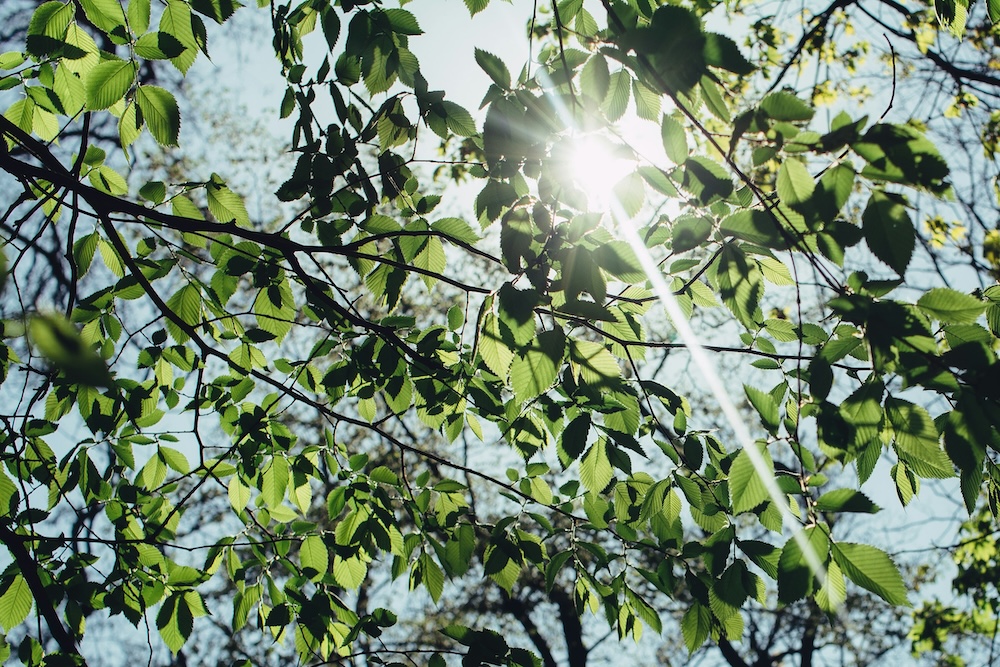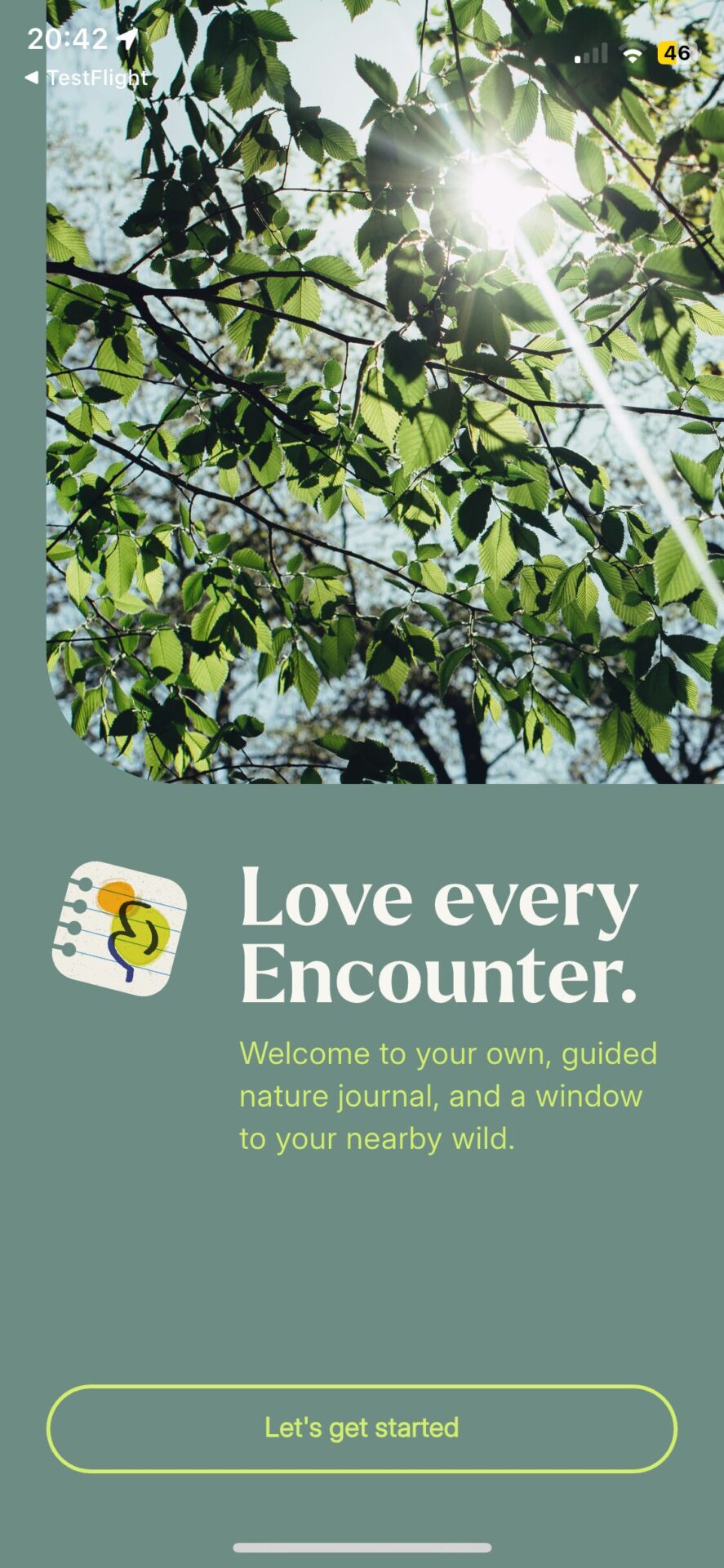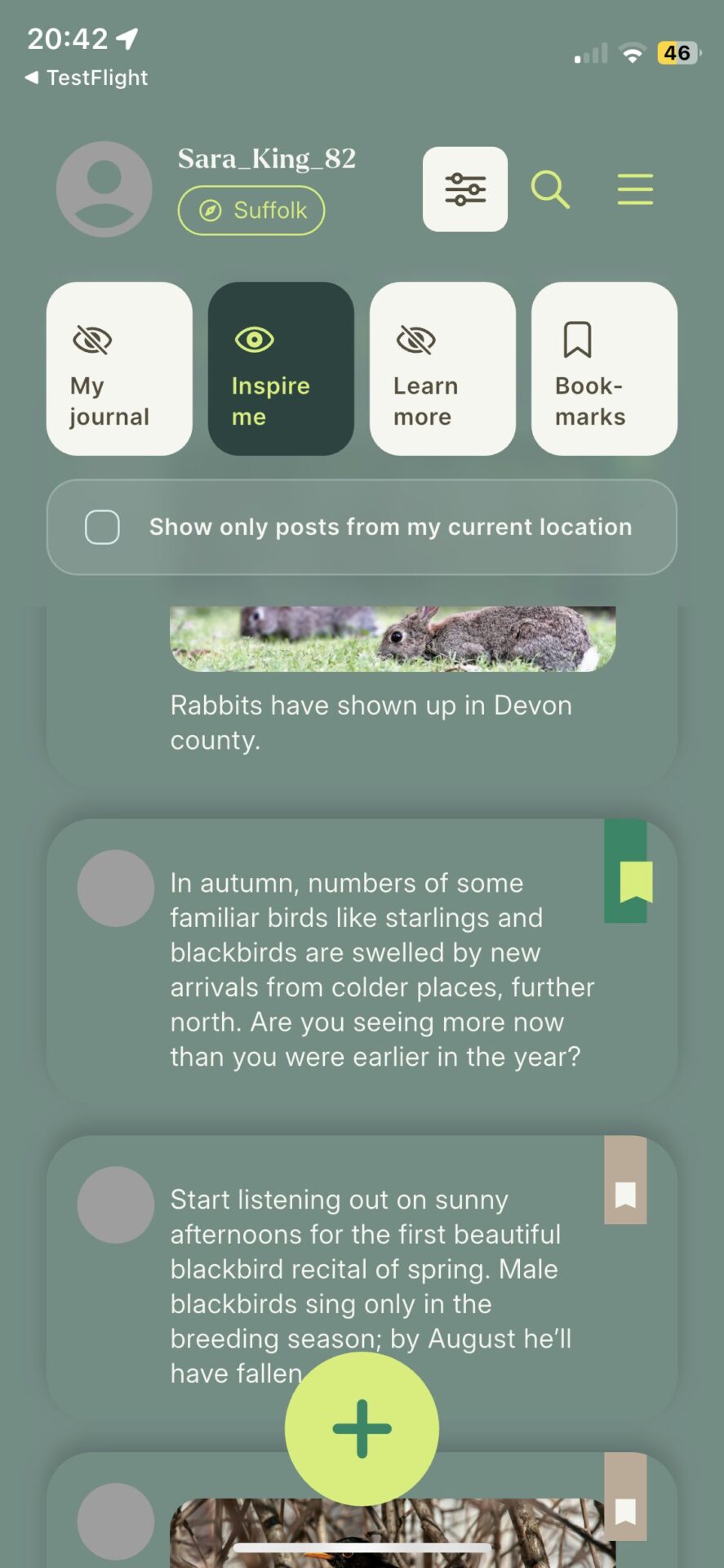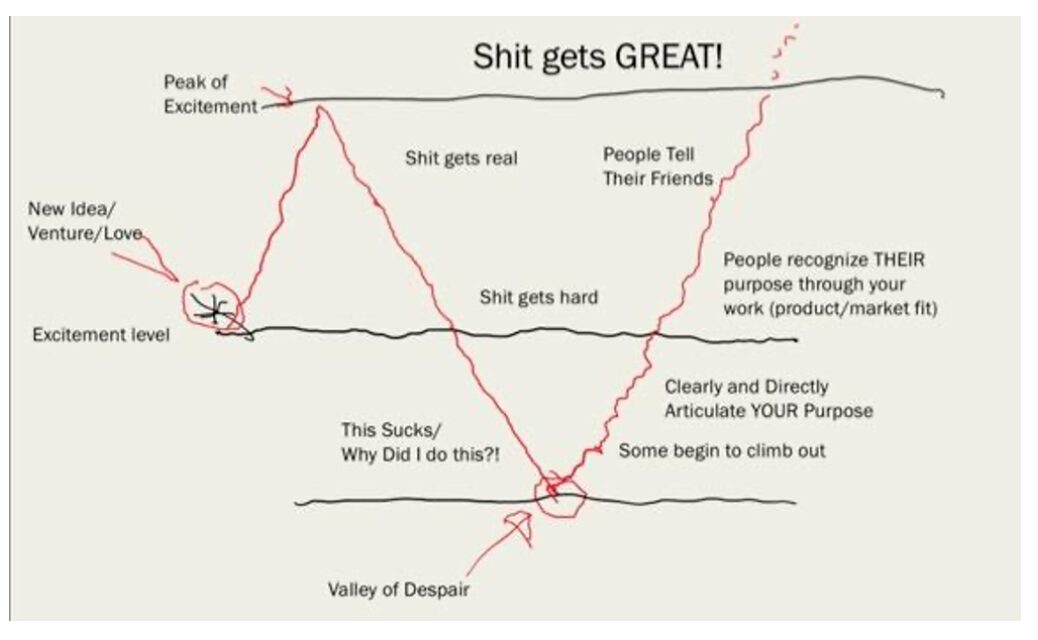What happens when a novelist finds herself among programmers and technical engineers with only an idea to guide her? Melissa Harrison is finding out.

Main image by Rodion Kutsaiev on Unsplash
I am coming to the end of my fourth day editing a vast spreadsheet with over 130 columns and nearly 5,000 rows. My MacBook can’t handle it as an Excel file so I’m editing it with Google Sheets, in the Cloud. I have a set of rewrites to tackle for the novel I’ve been working on since the pandemic, but I haven’t had time to look at the manuscript in nearly two weeks. Still, a remote corner of my mind uncolonized by data entry continues to work on it; I know this because now and then, when I’m in the shower or making a cup of tea, it lobs me an idea which I scramble to note down.
Every so often my laptop makes a clicky sound, as if it’s sucking its teeth: it’s telling me I’ve got a message on Slack. I switch tabs on my browser: I need to sign something off on Jira, one of several tickets that make up our Polish app developers’ fifth sprint. That done, I manage another ten cross-eyed minutes or so on the spreadsheet before my phone pings: would I like to update Testflight with Encounter’s latest build?
I am a novelist, nature writer, children’s author and podcaster. I work with language, feelings, memories, images and dreams; numbers, spreadsheets and logic have historically defeated me. Until a few months ago I’d only used Excel if someone – for instance, my accountant – was twisting my arm up hard behind my back, and then perhaps once or twice a year. I’d vaguely heard of Slack but it lived in the same bucket in my head as LinkedIn: Ugh, corporate. Not for me. I’d never even heard of Jira, Testflight or Figma, SEIS certificates or sprints.
For weeks I’ve had a line from Withnail And I on repeat in my head: ‘We’ve gone on holiday by mistake!’ I’ve become a tech entrepreneur by mistake. This isn’t what I thought it would be like back in the carefree, naive days of late 2023 when I came up with what I still consider – despite the slog, the sleeplessness, the gut-twisting anxiety – to be a brilliant idea for a nature app. ‘Never have an idea,’ I tell my friends now, only half-jokingly. ‘If you see one coming, look the other way.’
But here’s why I didn’t take my own advice. We know that too many of us have become disconnected from nature: from the plants and creatures we share our world with, from the rhythms of the seasons as they pass. We know that that disconnection causes harm in both directions: harm to our physical and mental wellbeing as we starve our bodies and minds of the conditions we evolved within; harm to the natural world that’s too easily seen as a backdrop to be exploited or ignored. We know, too – because increasing amounts of research is telling us – that two of the most accessible and effective routes to nature connectedness are learning to notice nature, and the act of reflective writing: jotting down even a few words about the good things in nature that you experience each day. That’s why, in November, I’ll be publishing a book designed to do both those things: Homecoming: A Guided Journal to Lead You Back to Nature is both a friendly, entry-level guide to the year and a beautiful, fully illustrated journal with space to write in, so you can learn what to look out for, and make your notes about it, all in one place.
But wouldn’t it also be great if there was something that did that…on your phone? Something free, something full of nature tips and information specific to your area as well as journaling capability, something that let you tag the birds, plants, animals and other natural phenomena you encountered, that automatically recorded your location and the weather, and hell, maybe the moon too?

Imagine how cool it would be to log in and see a post saying that there was a favourable wind for migrating birds and reminding you to listen out for redwings after dark for the next couple of nights, or alerting you that other users were reporting waxwings in your area. Imagine you could also find out what was going on at your local Wildlife Trust site, read an article about pine martens in the New Forest, or click through to take part in the Big Butterfly Count – and that evening, write a few words and save some photos recording what you did that day, and how it felt?
It was obvious to me that this app should exist – in fact, it seemed absurd that it didn’t – and so, with expert help on the business side, and input from Professor Miles Richardson on the nature connection side, I decided to bring it about. After all, I’d made a free nature podcast with zero experience, one that had shot to the top of the charts. Surely making an app couldn’t be that hard?
Lol: turns out it’s much harder, not least because apps are much more expensive to make than podcasts, the small costs of which I mostly absorbed myself. I’m proud to say that we hit our first financial target (thank you, wonderful investors!) and are about to open another investment round to fund the app’s running costs. But despite constant reassurance from proper entrepreneurs with more experience than me, I find the fundraising side of the process incredibly stressful, and I suspect I always will.
We’ll be releasing our ‘MVP’ (‘minimum viable product’) quietly before Christmas, to friends, family and our volunteer testers, and then more widely next spring. The idea, I’m told, is that you find out what people think of your MVP and then add more bells and whistles down the line, as budget allows. That’s sensible and exactly what other apps do – but as a writer, used to being in sole control of what I’m making, I’m finding it hard. I mean, I wouldn’t write a novel with only four characters, publish it, see what the reviews say and then rework it with 12.

But maybe there are other things I’ll learn from this process; after all, everything is material, or might be one day. Certainly, I’ve loved collaborating with people whose brains run on totally different operating systems than mine, who can picture data in their minds in some kind of 3D and manipulate it with their imagination to create different outcomes, who can predict dependencies and conflicts and solve abstract problems before they arise. And the good days feel so exciting – for instance, when a new part of Encounter appears on Testflight and works perfectly, and suddenly, on my demo version, I can filter the app’s home feed, for example, or set my location on a map.
More than one person has shared a diagram with me in the last year. Low-res, blurry and screen-grabbed, it exists online in various incarnations, sent from one tired or bruised entrepreneur to another, a reminder that it will be worth it if you can just – keep – going. This version was created by George Howard, consultant and ex-record label boss.

So, channelling its wisdom, this piece is a way of clearly and directly articulating my purpose in making the Encounter app:
To transform ordinary people’s connection to nature by putting in their pockets a free,
personalised guide to their nearby wild, and a means to record, remember,
and deepen their encounters with it.
Onwards, and upwards, we go.
*
Can you support Melissa and help get Encounter up and running? Please email hello@encounter-nature.com for information on how to invest in Encounter Nature Ltd, to discuss brand partnerships, content, offer us your expertise or even sponsor the app. Thank you.